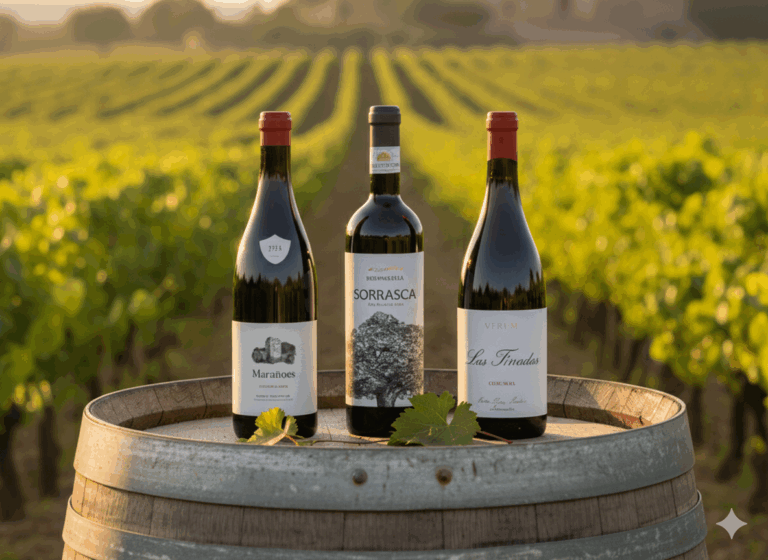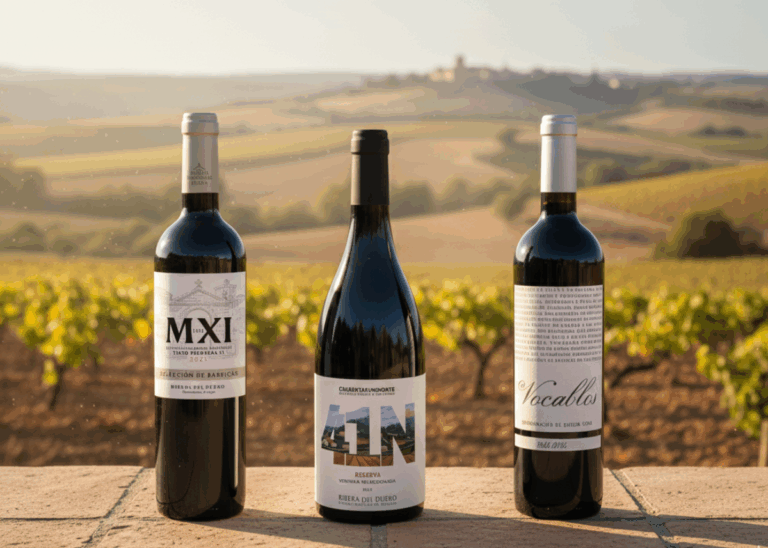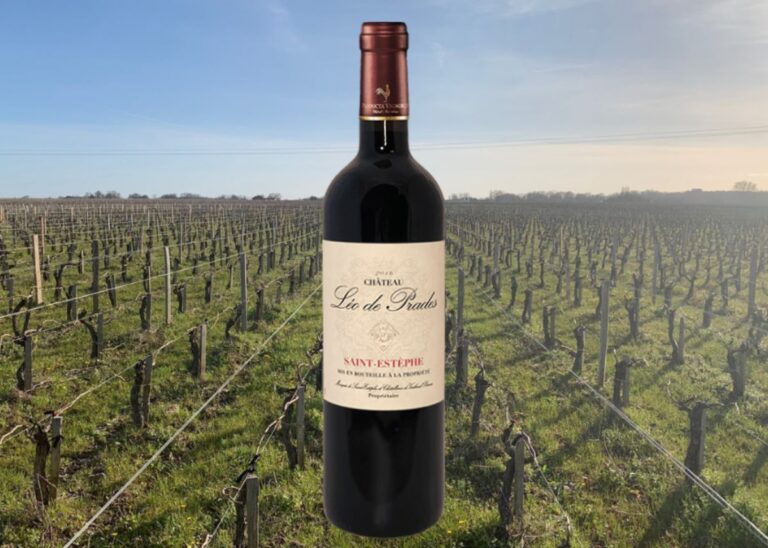[et_pb_section fb_built=”1″ _builder_version=”4.11.1″ _module_preset=”default” global_colors_info=”{}”][et_pb_row _builder_version=”4.11.1″ _module_preset=”default” global_colors_info=”{}”][et_pb_column type=”4_4″ _builder_version=”4.11.1″ _module_preset=”default” global_colors_info=”{}”][et_pb_text _builder_version=”4.11.1″ _module_preset=”default” global_colors_info=”{}”]Contents:
[/et_pb_text][et_pb_video src=”https://youtu.be/8H5GePAODEQ” _builder_version=”4.11.1″ _module_preset=”default” width=”75%” width_tablet=”85%” width_phone=”100%” width_last_edited=”on|phone” module_alignment=”center” global_colors_info=”{}”][/et_pb_video][et_pb_text _builder_version=”4.11.1″ _module_preset=”default” global_colors_info=”{}”]Transcript:
Hello, bonjour, and welcome to your new Bonner Private Wines video. In previous videos, we’ve covered the five main components of wine. There’s water, there’s alcohol, the sugar, there’s tannins or polyphenols, that’s four and possibly the most impactful and arguably the most important component in a wine that I want to look into more specifically today is acidity. I want you to understand how important acidity is for wine and not only for its flavor, which we’ll discuss, of course, but also for its longevity and age worthiness.
There’s two main aspects to the acidity in wine that we will cover in two separate videos that I want to give you. Too much acidity at once. I fear a bit of a reflux or too much information for one single video. These two aspects we’ll look into are first, what is this acidity in a wine and how does that make it a rather unique feature of wine?
Secondly, what does this acidity do to the flavors and the longevity of wine, which we’re looking to? In our next video today, we’ll talk about why I say that acidity is so important in wine. And what is this acidity, which you need to understand. The second part, let’s go for now.
Wine Is Acidity
Yes, wine is acidity or acidity is wine. Whichever way you understand this better, or maybe you don’t quite understand this yet, but you will in a minute. Let’s explain.
Acidity is one of the two aspects of wine that makes it distinctive, different, from any other beverage. The other is that wine is fermented, which does give it a very specific flavor signature. As we know. Think about it.
Alcohol obviously does not make wine distinctive. Liquors have alcohol, beer has alcohol. But those aren’t really acidic, are they? Liquors are acidic, but they’re so sweet you hardly ever notice it.
Coffee and tea have tannins and even chocolate has tannins. And so that’s not much of a distinctive feature either. Coffee has a bit of acidity as well. It does, although not quite as much as wine, you would agree. And obviously the bitterness is the main taste feature of coffee. But indeed coffee is perhaps the closest beverage to the taste of wine because of these combination of tannins and acidity.
Then, some wines don’t have tannins. And of course that’s the case of whites and rosés or very, very little polyphenols, as we call them. Wine is pretty much the only drink that we have that is very acidic and for most wines, not sweet, acidic and not sweet.
Think about it. Not many things are like this. Fruit juices are acidic, but they’re sweet. This is probably why young and untrained wine drinkers generally don’t quite like wine initially. It’s an acquired taste, and a lot of it is because of this marked, really potent, and pretty much dominant a acidity. Wine is acidity more than anything else, especially if you compare it to other type of foods.
So let’s have a quick look into where this acidity comes from.
3 Minutes of Simple Wine Chemistry
And I know I’ve been told before, this is the perfect shirt for enjoying rosé, isn’t it? Of course, as you probably know or expect, acidity in wine comes from the grapes themselves, from the grape juice; acids are rarely added into the juice. It’s already there from the vine.
So although sometimes winemakers can make some little tweaks, some little acidity adjustments, but I’ll leave this aside for now if you allow me, because it’s not very common and it’s not very significant for here. The acids in grape juice are natural acids. They are synthesized by the grape vines feeding its grapes with acids. Part of it is feeding those grapes with acids.
There are two main acids in grape juice, both are whole organic acids, not that they’re grown organically, but because they’re made from organic molecules with atoms of carbon and oxygen and hydrogen somewhat like carbohydrates, which are also organic molecules. And that’s unlike mineral acids like phosphoric sulfuric or nitric acid that are made from mineral inorganic components. I know chemistry is a little bit painful, but it helps us understand wine better.
Just a little bit of chemistry. These two acids in wine are called the tartaric acid and the malic acid. What’s interesting here is that tartaric acid is very rare in nature. Every other organic acid, citric acid, ascorbic acid, etc. are present in most plants, but very few plants synthesize tartaric acid, virtually only grapevines make this kind of acid, which makes it very stable.
It ages very well microorganisms then bacteria and the likes don’t like this tartaric acid. The other acid, the malic acid, and that’s the acid of apples in particular, the citrus fruit have citric acid, but apples and grapes have malic acid. Malic is a little harsh as an acid, a little tart to the taste, just like a green apple if you think about it.
Malic acid is also not very stable over time. Bacteria love feeding on it, so they eat it to develop in the juice. That’s not good. That’s why malic acid in wine is often converted into lactic acid. The acid of cheese in fermented milk, which is softer to the taste and much more stable over time.
As you know, cheese ages really well thanks to the lactic acid. This acid conversion process you may have heard about is called the malolactic fermentation. So that’s the second fermentation of wine that takes place after the alcoholic fermentation. The malolactic fermentation is run by bacteria called lactic bacteria, somewhat like those used to make cheese. The alcoholic fermentation, as you probably know, is run by yeasts, just like for bread or beer proof biology, chemistry getting through a lot today.
The malolactic fermentation is not done on all wines. Winemakers can choose to let it happen naturally or not, and that impacts the taste of wines. It makes them softer overall, less acidic because lactic acid is softer and less acidic than the malic, and especially on white wines, it makes them creamier, more buttery. You don’t say buttery-er—more buttery.
And that’s very important, especially for some very oaky chardonnays. Those famously buttery chardonnays you would have heard about that were so popular in California at some point. A big part of this buttery character is a matter of lactic fermentation because it’s run by lactic bacteria. So I hope this makes sense. So two kinds of acids in wines, both are very stable.
Spoilage bugs don’t like those two acids, but we do because they taste good and because they help us preserving, they act as a preserving agent for our wine. But anyhow, that’s probably enough chemistry and biology for you today. I wanted to give you some keys to understand wine better and as you’ve understood to highlight how important acidity is to wine, its nature and its making acidity is always there.
In our next video, we’ll discuss what these acids do to wine, how they impact the flavor and the balance in how they even affect their longevity, the age worthiness of our wine. Fascinating aspects. Make sure you watch that one as well. That was it for me today. Thanks for watching and I will see you soon. As always. In the wonderful world of wine, cheers.
[/et_pb_text][/et_pb_column][/et_pb_row][/et_pb_section]



